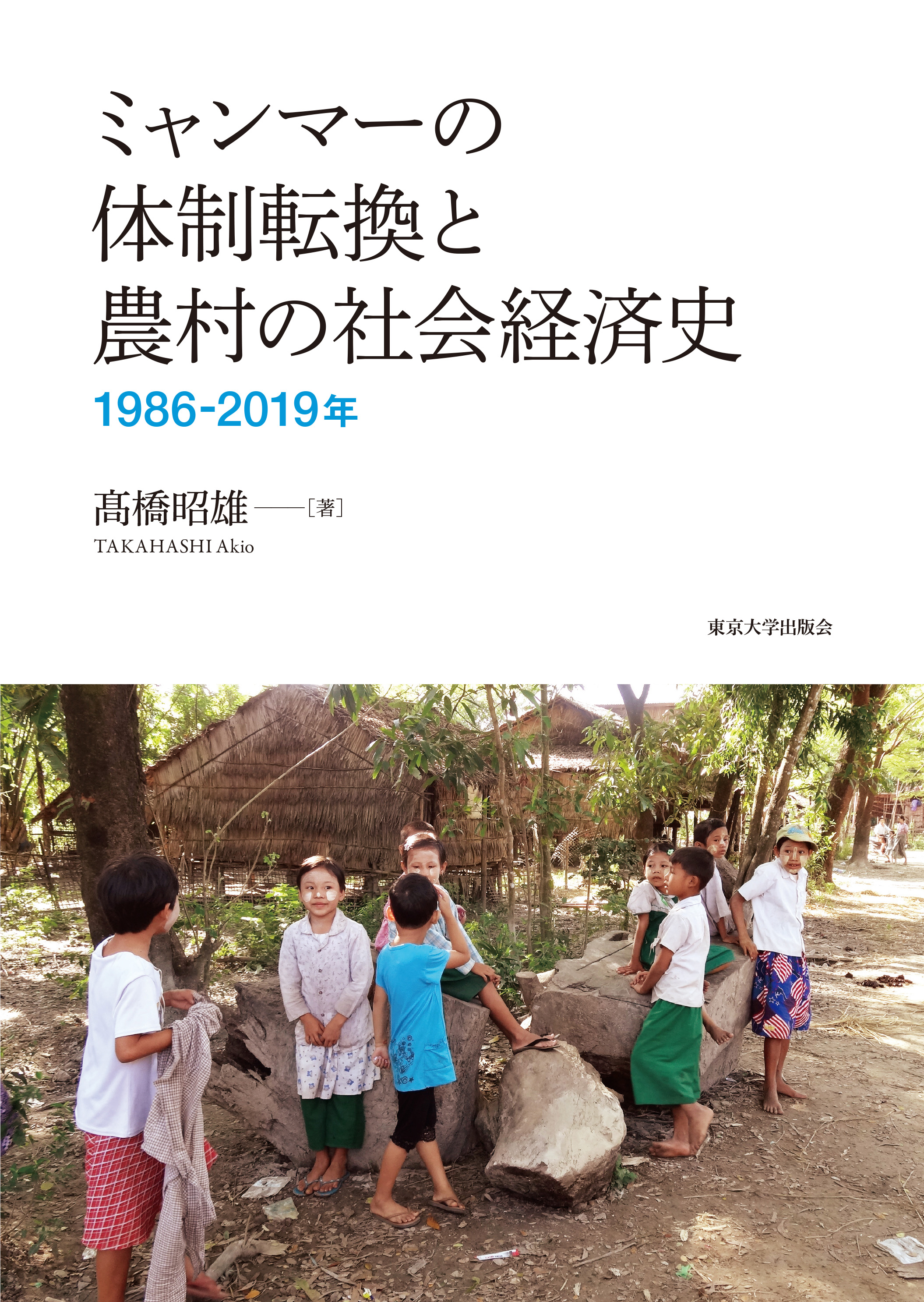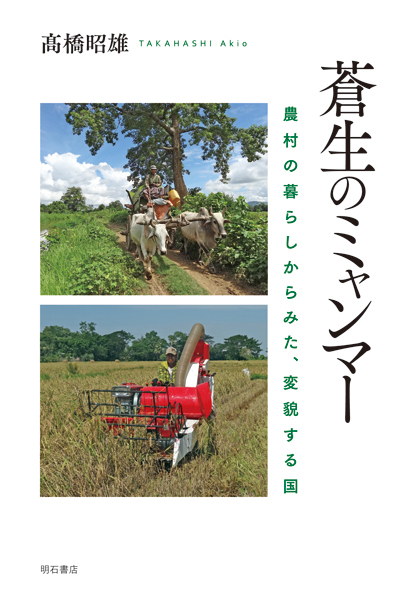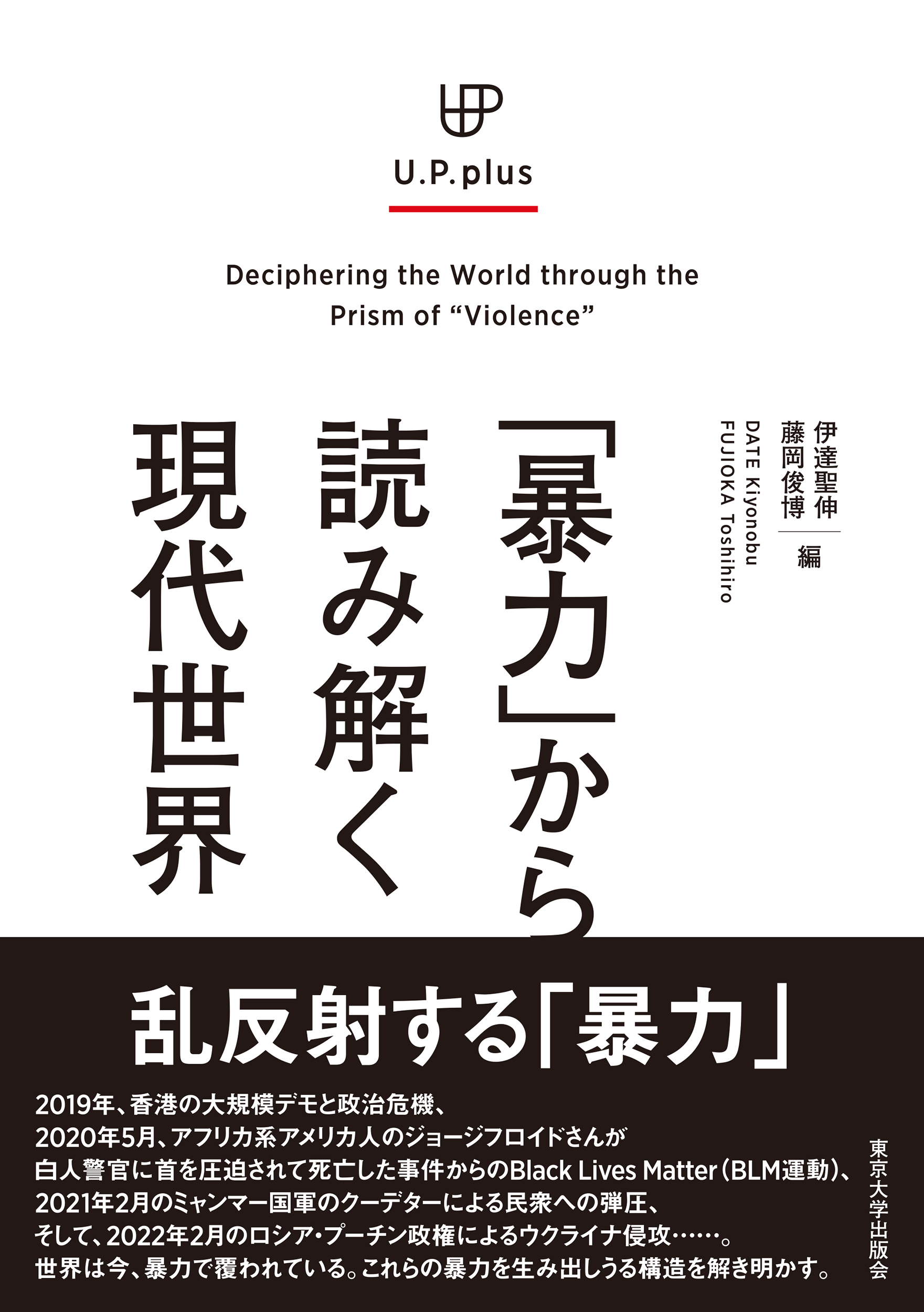
Title
Myanmar “Minyu-ka” o toinaosu (Rethinking Myanmar’s “Democratization” - Beyond Populism)
Size
272 pages, B6 format
Language
Japanese
Released
May 26, 2022
ISBN
978-4-14-091273-7
Published by
NHK Shuppan
Book Info
See Book Availability at Library
Japanese Page
There may be no country that is more difficult for the general public to understand than Myanmar. Aung San Suu Kyi, a supposed heroine of democracy, suddenly took the reins of government after several decades of house arrest, but was then branded an authoritarian during the 2017 Rohingya crisis. Following a coup d’état by the army in 2021, she has now been once again detained and is in prison. Although news of these events is sporadically reported in the mass media, each time the face she presents to the public is different, and she is difficult to pin down.
This is a book for the general reader and is based on basic social science, substantial area studies on Myanmar (chiefly carried out in Japan), and primary sources such as statistical data and local newspapers. It brings together a broad range of knowledge and information based on my experience of having spent five years inside the National League for Democracy (NLD) government led by Suu Kyi, and in the first half I explain the economic, social, and political background that led to the coup d’état. More specifically, I explain the current of interethnic economic disparity and the absence of redistribution policies, the Rohingya crisis as the latest iteration of periodic upsurges of nationalism, and the hardening of the attitude of Suu Kyi and the NLD towards the army (populism). On top of this, I point to “the absence of a ‘nation’ in an imperfect nation-state” as a fundamental issue.
On account of my interest in the question of the “absence of a nation,” I led the initiative “Energy for Peace” within the Central Economic Committee of Suu Kyi’s NLD government. In concrete terms, I was involved in the enactment of the Rural Development Law, which provided the legal basis for a rural development fund to relieve economic disparities. In the second half of the book, I record the legislative process from my own viewpoint as an insider. In addition, I give an outline of the law itself and present some concrete reform proposals. These include, for example, provisional estimates necessary for the electrification of rural villages, the size of an ear-marked petroleum tax as a way to raise revenue for the fund and the possibility of introducing such a tax, and the introduction of external auditing to manage the fund.
In view of these concrete policy proposals, potential readers of this book include those involved in foreign aid and policy development. In addition, the first half of the book can serve as an introduction for people wishing to learn about Myanmar’s politics and economy, and there may be some young students who will be excited by the vivid reporting in the second half. Individual chapters have been structured in such a way that readers can dip into the book in line with their varied interests.
Nonetheless, the main readership envisaged for this book is the general public who, seeing the events unfolding in Myanmar, wish to learn more about this country, which is so difficult to understand. Myanmar occupies a geopolitically important position between China and India. As the civil war that divides its people drags on, there is a probability that this fragile nation-state will turn into a failed state. At a time when the strength of intervening countries is declining and regional order is becoming destabilized, there are concerns about various geopolitical risks. China and India may engage in de facto armed conflict in Myanmar, using ethnic minorities as advance troops. When one considers that these geopolitical risks will grow in the future against the backdrop of China’s increasing hegemonism, it may be supposed that people wishing to learn more about Myanmar will extend to those interested not only in the single country of Myanmar but in regional order in the Indo-Pacific.
Taking these points into consideration, in this book I discuss the nation-state of Myanmar. I hope that it will become a book to be consulted when the interests of general readers turn to Myanmar out of concerns about the geopolitics of the Indo-Pacific.
(Written by YAMAGUCHI Kensuke, Project Lecturer, Graduate School of Public Policy / 2023)



 Find a book
Find a book






